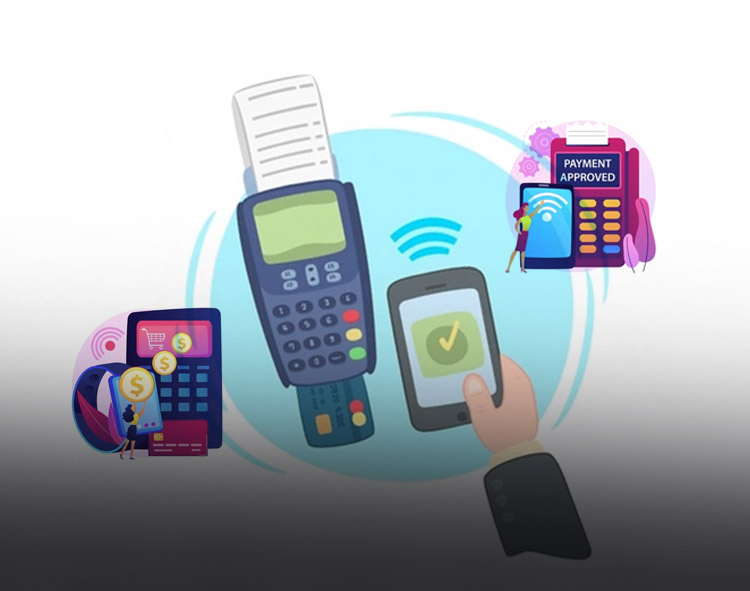LendingClub Corporation the parent company of LendingClub Bank, America’s leading digital marketplace bank, today released findings from its 10th edition of the Reality Check: Paycheck-To-Paycheck research series, conducted in partnership with PYMNTS.com. For the first time in the report series, the High Earners Edition examines the financial lifestyle of the growing share of highest-income U.S. consumers who live paycheck to paycheck, and the impact on their ability to access credit and other expense management.
Latest Fintech News: Allied Payment Network Named One of the Best Places to Work for Third Consecutive Year
“Earning a quarter of a million dollars a year is more than 5x the national median and is clearly high income. The fact that a third of them are living paycheck to paycheck should surprise you,” said Anuj Nayar, LendingClub’s Financial Health Officer. “These high-income earners have an average FICO score of 758. They are creditworthy but they have higher financial obligations and are more likely to leverage their capital to finance their lives.”
Paycheck-to-paycheck consumers fall into two categories: those who can pay their bills easily and those who cannot. In April 2022, 61% of U.S. consumers were living paycheck to paycheck. Thirty-six percent of consumers earning $100,000 to $150,000, 31% earning $150,000 to $200,000, 26% earning $200,000 to $250,000 and 24% earning more than $250,000 were living paycheck to paycheck without issues paying their bills. In addition, between 10% and 12% of consumers in these higher income brackets were living paycheck to paycheck with issues paying their bills in April 2022, while 19% of middle-income consumers (those earning $50,000 to $100,000) and 36% of lower-income consumers (those earning less than $50,000) were living paycheck to paycheck with issues paying their bills.
Latest Fintech News: Daily Fintech Series Roundup: Top Fintech News, Analytics and Insights
Using credit to manage cash flow
Credit products are a cash flow management tool for paycheck-to-paycheck consumers, especially those in higher income brackets. Credit card ownership remains high with 81% of U.S. adults of all financial lifestyles saying they have at least one credit card. This share grows as annual income increases, with 95% of consumers who earn more than $250,000 a year reporting they hold at least one credit card. For those earning more than $250,000, 48% have two or three credit cards to their names. PYMNTS’ research also finds that consumers who earn more than $250,000 a year are more likely to engage with credit cards and personal loans than consumers who earn less than $50,000. Actual utilization of credit cards, based on credit card payments, ranges from 47% among lower-income consumers to 73% among the highest-income consumers; implying that many consumers do not use their credit cards, especially among lower income brackets. Personal loan usage ranges from 9% to 14%.
Living paycheck to paycheck: Revolving credit trends
Paycheck-to-paycheck consumers tend to carry higher monthly credit card balances, independent of income. Those that earn more are most likely to fully pay off their balance each month, however.
The average U.S. consumer uses 40% of their available credit card limit monthly, according to the research. This usage is higher than the 30% often recommended by credit experts for perceived creditworthiness. With an average credit limit of $7,300, the average U.S. consumer spends $2,900 per month across two credit cards.
Consumers earning $250,000 or more annually average credit card usage of 44% of their spending limit of $10,500. This means that the gap between credit limits and spending expands to $5,900 for those in the highest income bracket; the gap is $4,400 for the average consumer.
Consumers living paycheck to paycheck have higher monthly credit card balances independent of annual income. Roughly 54% of paycheck-to-paycheck consumers “occasionally” or “always or usually” revolve their credit balances.
“The ongoing effects of once in a generation inflation are eating into the discretionary spending of Americans across all incomes and they are increasingly relying on credit products to cover the cashflow gaps,” added Nayar. “As credit card interest rates continue to rise, consider looking at your variable interest rate credit cards. Many of LendingClub’s members have already refinanced their variable rate credit card balance into a lower cost fixed rate loan to better manage their debt.”
Latest Fintech News: Arteria AI Announces Strategic Investment Co-Led by Citi SPRINT and BDC Capital
[To share your insights with us, please write to sghosh@martechseries.com]
